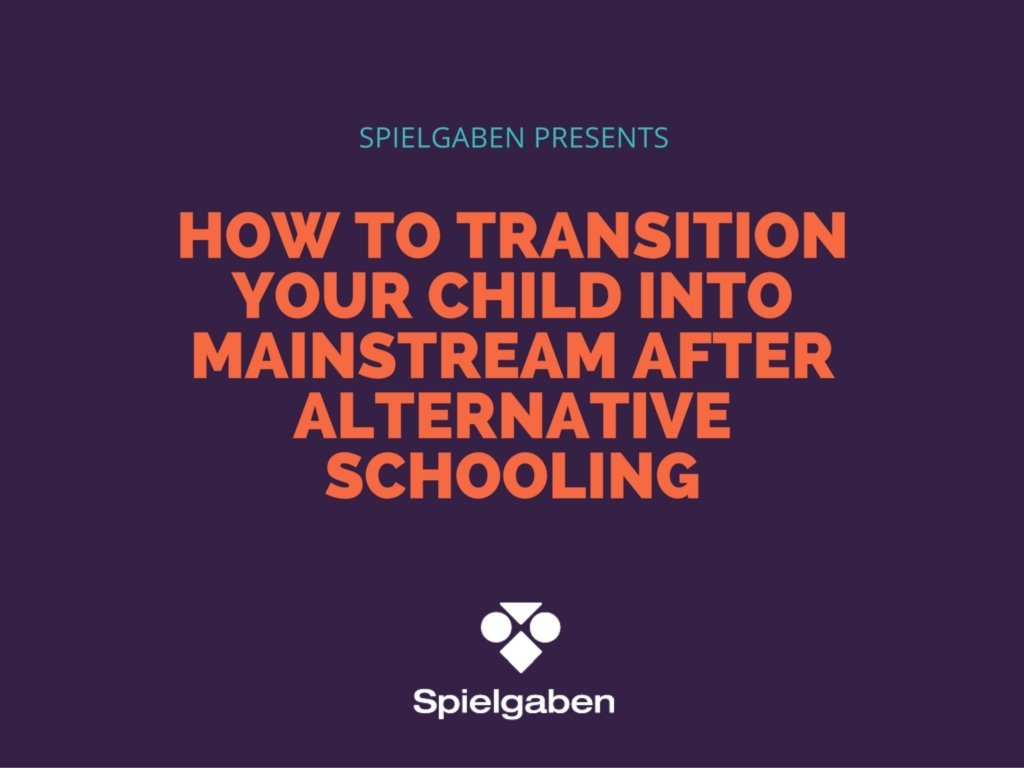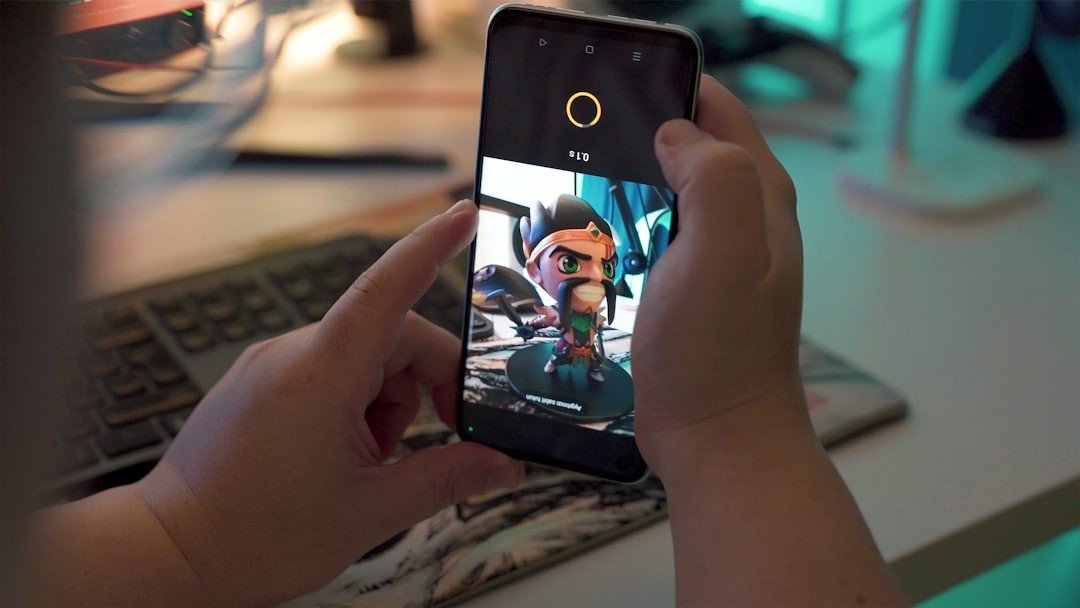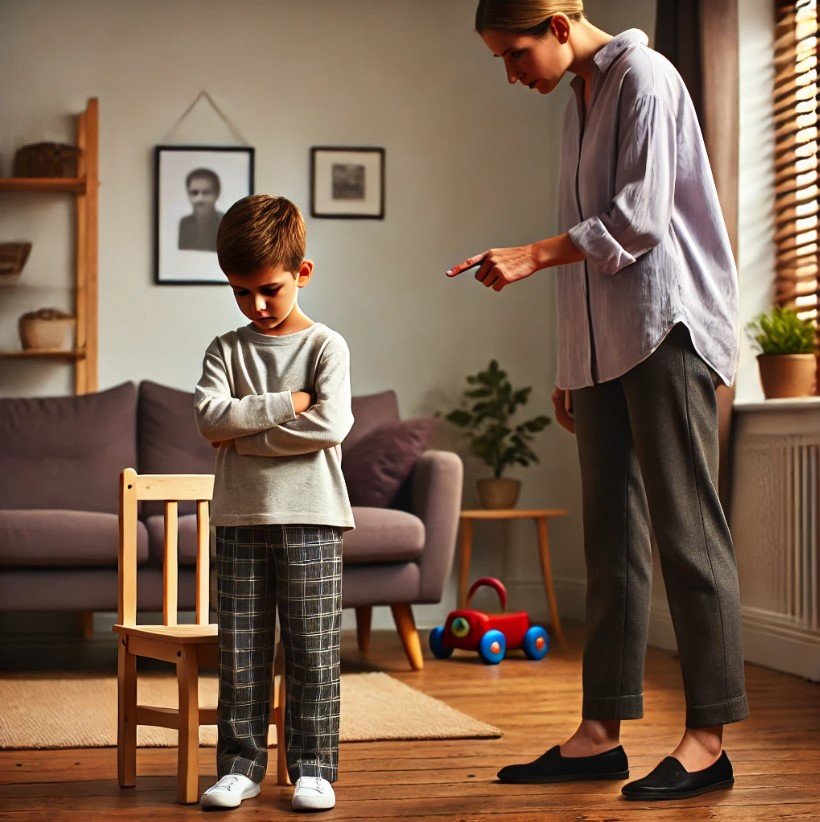Reduce Screen Viewing Time Before It Gets Too Late
The mother of all baby “smart videos”. By far the top-selling brand, Baby Einstein has been viewed by one in three babies in America.
Videos from Baby Einstein and Your Baby Can Read! fall into what’s called the infant developmental media category, which promises to transform “passive entertainment” into lessons on everything from the basics (ABCs, numbers, shapes, colors) to the artistic (painting, music) to the scientific (animals, seasons, nature), just as smart electronic toys claim to reinvent the teddy bear.
According to the Kaiser Family Foundation, three-quarters of the one hundred top-selling DVDs for babies from birth to two years make educational claims, whether they’re from PBS or Nick Jr. There are even videos to encourage religious faith among the zero-to-twenty-four-month set.
On the surface, at least, it looks like much thought goes into what constitutes educational baby programming. Most baby videos & digital games avoid cartoons in order to better fit what many parents think of as more appropriately educational: puppets, photographs, live animals, outdoor scenes, and the ever-present classical music. “Music makes a difference,” Baby Genius DVDs and CDs tell us.
Indeed, classical music is a common component, based on the idea that it improves a baby’s ability to reason. This theory gained popularity following the publication of a 1993 study that showed college students performed better on a paper-folding-and-cutting test after listening to twenty minutes of Mozart, heralded as the Mozart Effect.
The original intention is misplaced though. The original Mozart study, conducted by Gordon Shaw and Frances Rauscher, made no claims about six-month-olds. More over, in repeated follow-up studies, researchers were unable to replicate the results of the original experiment, even with college students.
“The Mozart Effect is just so much nonsense,” said Christopher Chabris, a Harvard medical School researcher whose 1999 article in Nature debunked the hypothesis. “It’s just not supported by neuroscience. It’s hype, and it gives a false impression of what’s supported by scientific research.”
Music isn’t the only area in which academic research is twisted to support baby media claims. Another hyped subject is foreign language instruction.
Parents can purchase videos with the explicit purpose of teaching a foreign language, be it Spanish or Chinese, or buy DVDs with multiple language settings so that an infant can flip from English to French while watching a program about the changing seasons.
The idea is that babies need to learn languages fast-before their innate capacity for language acquisition fades away. Julie Aigner-Clark wrote in her original liner notes for Baby Einstein, “Research has shown that infants have a natural ability to distinguish and assimilate the sounds of all languages but that the ability beings to fade at approximately six months during the subsequent 12 months, areas of the brain actually shut down and no longer respond.”
What Aigner-Clark didn’t note in her copy is that there is no evidence that buying CDs or DVDs to teach a baby Spanish is actually useful. Patricia Kuhl, who studies language acquisition at the University of Washington, conducted an experiment in which a native mandarin speaker played with a group of babies for an hour a day while speaking Chinese. Through laboratory testing, she found that babies were subsequently able to recognize Mandarin sounds. But not one of the three control groups – a set of babies who saw the Chinese speaker play with babies on a video, another group who listened to an audio recording of the Chinese woman playing, and a third group who had no exposure to the Chinese speaker – were able to distinguish Mandarin sounds from English ones.
It turns out that in order for a baby to learn a foreign language, a foreign-language-speaking human being needs to be present. Furthermore, the idea that a child must be exposed to a foreign language during some kind of “critical period” before the age of three simply isn’t true. While it’s easier to learn a language at a young age, people can learn another language well into adulthood.
In the face of such research, many parents have a hard time saying NO to edutainment, which comes packed with an emotional wallop. For a parent, checking out a Baby Einstein video for the first time is both oddly soothing and anxiety-provoking. The videos project a coddled environment, far from the hectic chaos of working parents. There are the murmurs of soft, friendly voices, cows mooing, and chiming Bachian bells. Lavender blooms abundantly in undulating fields under sunny skies. Words float across the screen, pointing baby viewers to their eyes, hands, and toes and showing them the differences between cats and chickens, spring and fall, yellow and green. This all seems pleasant enough.
The anxiety, though is furtively built in. If your child isn’t watching these videos-and every other baby you know is-where will your child be without them? Parents with colicky babies recount the miracle calming effects and those with babies born premature, deaf, or with developmental delays proclaim Baby Einstein’s unique healing abilities. Even parents suspicious of the benefits might buy one “just in case,” the rationale being, “It can’t hurt” or “At least I’m giving my child the opportunity.”
Even if you aren’t worried about a particular ailment, both Your Baby Can Read! and Baby Einstein (along with competitors like Baby Genius) tell parents directly or indirectly that watching their videos will beef up a child’s brain. That might explain why nearly one in five babies under the age of two watches at least one DVD or video every day.
The Baby Einstein website includes testimonials such as, “James was mesmerized by the music and images… A couple of weeks ago, I purchased ‘Baby Shakespeare,’ he said ‘apple’ the next day!” The proud mom goes on to say, “He is usually very active, but while watching the videos, he is always glued to the images. He dances and talks aback to them, but in a quiet way.” A captive toddler playing nice and learning all by himself How handy! “We never wanted our son to be a big TV watcher. If we are going to let him watch it we wanted it to be good for him,” writes one Amazon reviewer of Brainy Baby Right brain.
The fact that videos are essentially the same as television programs doesn’t seem to register. Moreover, considerable research shows watching such videos not only is developmentally inappropriate for young children – but could very well be harmful.
“Oh, the Baby Einstein!” groaned Elisa Sherona, a sixty-three-year-old grandmother. “That stuff is taking the place of mothers interacting with their babies and babies learning language from their mother’s intimate contact.” When Sherona was raising her five children in Pennsylvania in the 1960s and 1970s, force-feeding babies to “learn” was unthinkable. “You don’t need to have a baby that knows the encyclopedia! We’re putting more pressure on kids by pushing information on them. I’m no expert, but I think when you push a baby that early to learn all those colors and numbers and letters…” Sherona broke off and sighed. “I think the way we’re raising our children now is changing the way they are going to think as adults You see kids on the computer all day long, playing video games, using Facebook or Instagram as a a way to socialize. That’s not socially interactive.”
“There is no research to show that watching a screen is beneficial to a baby in any way, educational or otherwise. If anything, it may be putting babies at risk,” said CCFC member Alvin Poussaint, a child psychiatrist and director of the Media Center of Judge Baker’s Children Center in Boston. “A two-dimensional screen can never replace a real environment, rich in all five senses.
Behavioral scientists point out that the “calm” observed in children while watching TV often backlashes later when children’s cooped-up energies surge into hyperactive bursts of activity.
While companies know that playing on parents’ fears and ambitions can send them running to the cash register, they are also aware of another reason why videos like Baby Einstein are “one of the most lucrative and competitive business segments.” As Sean McGowan, an industry analyst from Harris Nesbitt, explained, a company’s success “hinges on whether or not they create products that fit the day-to-day needs of today’s parents and caregivers.” He’s talking, of course, about parents’ time.
Time free from chasing a toddler. Time free from making silly faces at a cranky infant. Time free from teaching a baby the difference between her nose and her toes. In other words, Baby Einstein’s great selling point is time off.
Let’s not kid ourselves. The last thing most parents want to do is watch Baby Einstein. Parents with children under two, only 32 percent of parents said they always watch a video or television alongside their baby. Many set the machine to repeat mode so that their children can watch in endless loops until the baby passes out or balks or until they have finished whatever it is they set out to do in their “free” time. Sticking a baby in the bouncy seat or exersaucer in front of the TV set while Elmo or Dora do their thing is the modern equivalent of the once ubiquitous, now verboten playpen.
It’s just that today’s edutainment allows parents to believe that while they carry out the mundane chores of household management, their child is learning about the animals in Noah’s ark.
It’s a comforting thought, but it is not reality either. No matter how “real life” screen images may seem, they are not real life.
According to Dimitri Christakis, the director of the Child Health Institute at the University of Washington, overstimulation is damaging to the developing mind. The brain’s orienting reflex, first described by Ivan Pavlov (of the famous dog), is triggered when a baby hears a strange sight or sound: He can’t help but focus. Rapidly changing colors, sounds, and motions force a baby’s brain to stay at attention. Each time her gaze might wander, action rivets her back to the screen, Attennnn-tion!
“Parents say, ‘My child can’t stop looking at it! She loves it!” Christakis said. “Well, true, she can’t stop looking at it, but that does not mean she loves it.”
A baby’s attentional system is almost obligatory, explained Chuck Nelson, the Harvard medical School neuroscientist. Unlike an adult who can choose to look away from a disturbing accident, for example, if something is moving and colorful, babies are going to look. “They can’t help themselves,” Nelson said. “babies don’t have the emotional or cognitive control to say, ‘I’m going to look away’ even when they want to.” Not only might the baby not really be enjoying the program, Christakis said, but based on the research I’ve done, there‘s reason to believe these products have deleterious effects on the developing mind.”
The average was 2.2 hours a day; three and four-year-olds watched 3.4 hours a day, consistent with national studies. To put these numbers in perspective, the average three-year-old is awake 12 hours a day, which means they are spending 30 percent of their waking time in front of the TV. When the children in the study reached age seven, parents were asked how well their children were able to concentrated, as well as questions such as, Is your child impulsive? They found that for each additional hour of daily TV viewing before age three, the changes of having attentional problems increased 10 percent; a child who watched two hours a day on average was 20 percent more likely to have attention problems.
“The more TV babies watch, the more likely they are to have attentional problems later in life,” said Christakis.
Christakis believes that early exposure to TV and video games conditions the developing brain to expect a very high, unnatural, level of input. Real life by comparison become boring. More ever, numerous studies have shown than when compared with real-life lessons, videos and DVDs are poor teachers. For example, in one study of two-and-half-year-olds, it took six viewings of a video to accomplish what a single live demonstration could do with simple step operations like removing a mitten or playing with a puppet, a gap that has come to be known as the video deficit.
Research has also suggested that while children can learn new words from watching TV, videos are less effective than live experiences, particularly for viewers under two. A 2005 study of 1,200 children published in Archives of Pediatrics found that children who watch TV before age three have lower cognitive scores at age seven.
Christakis is adamant about the worthlessness of videos like Baby Einstein and Brainy Baby. “It’s clear that parents are going out of their way to show these programs to children, much more than they ever did before, in part because they have been led to believe that these videos will make their child smarter.
Worse, early television viewing is actually associated with behaviour problems and even cognitive delays. A 2007 study by Christakis, Meltzoff, and their colleague Frederick Zimmerman found that for every hour per day spent watching baby DVDs and videos, infants understand an average of six to eight fewer words than infants who did not watch them.
Knowing that television viewing by children under the age of three is associated with reduced scores on tests that measure reading recognition, reading comprehension, and memory makes these statistics all the more alarming. Surveys show that children six and under spend three times more time in front of a TV, computer, or video game each day than they do reading.
Children invariably love to imitate adults, and may well show an early interest in ‘playing computer.’ But we would not mistake a preschooler’s fascination with fire trucks as evidence that it’s time to sit her behind the wheel of a real hook and ladder. Curiosity about computers and other powerful technologies is not a sign that a child is developmentally ready to operate the real thing.
We are far more likely to help children grow intellectually by letting them create their own ‘pretend’ computers, powered by their own imaginations, than worrying so much about how soon children need to operate these powerful machines themselves.” As psychologist Davi Elkind put it, “Computers are part of our environment, but so are microwaves, and we don’t put them in the crib.”
Further Reference: Parenting Inc. By Pamela Paul, 2008













LEAVE A COMMENT